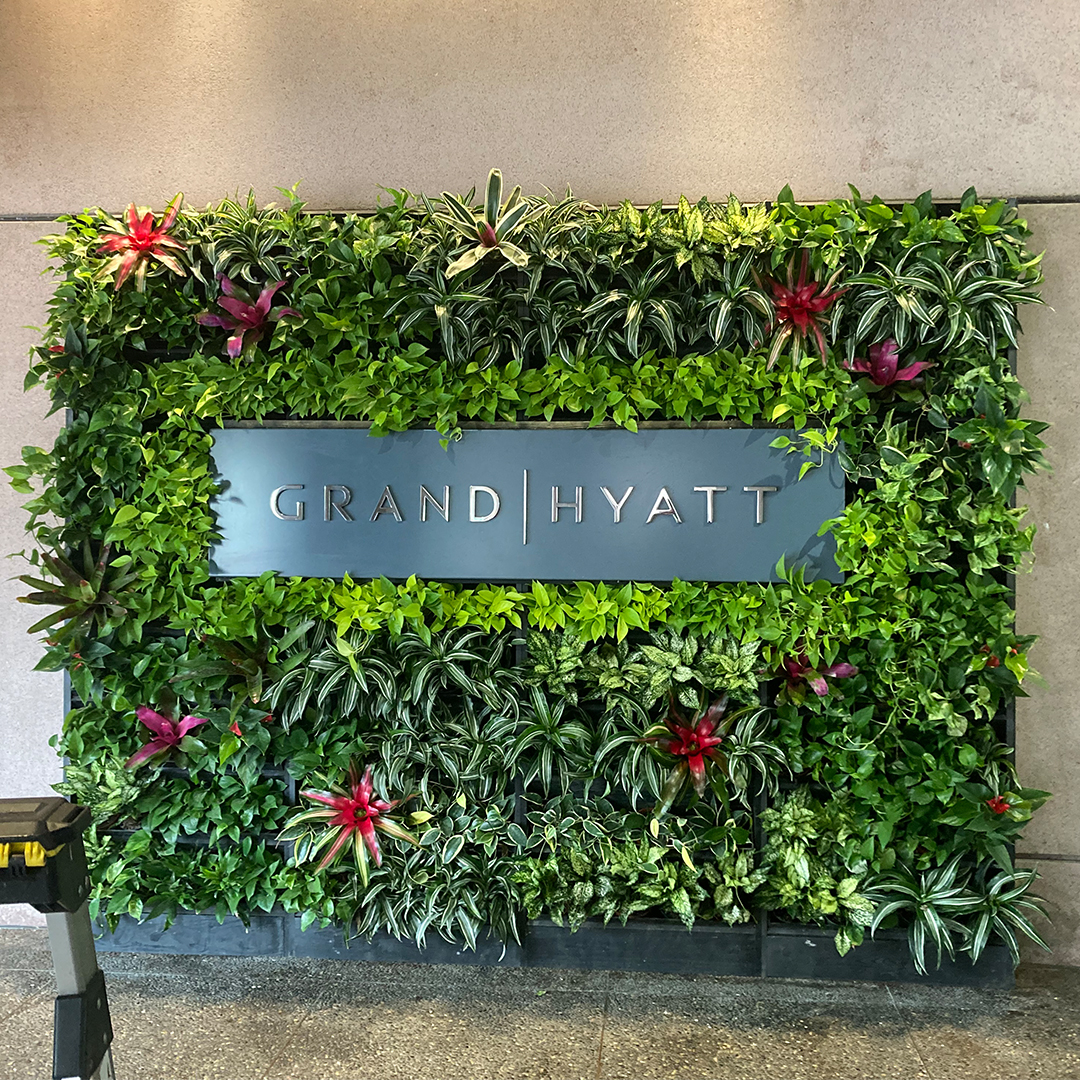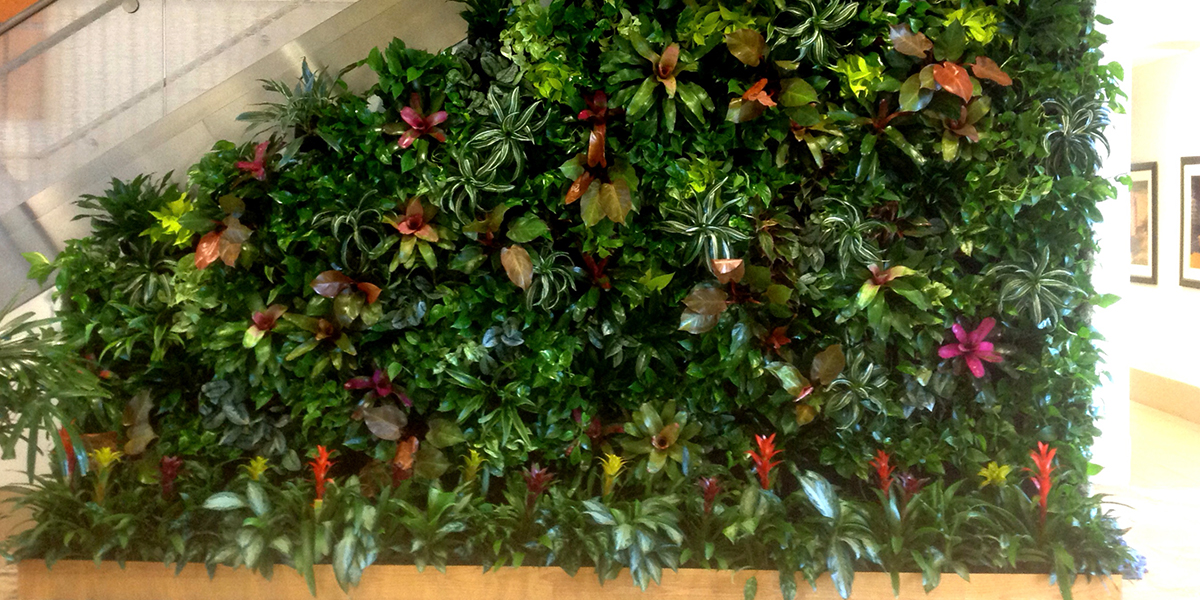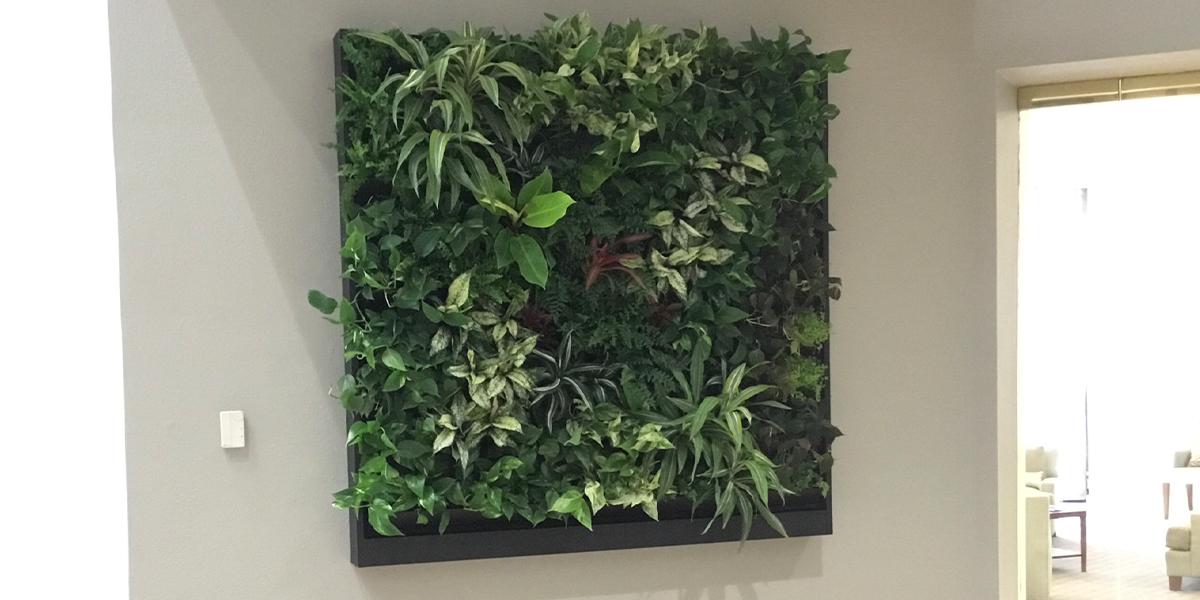Green Roofs and Living Walls in Urban Spaces
As construction companies, architects, and designers look for unique and innovative ways to remain competitive, the demand for eco-friendly and sustainable building practices continues to drive their development. Two elements that have been increasingly integrated into these buildings are green roofs and living walls, both of which are revolutionizing urban spaces by providing significant economic and social benefits.
Green Roofs and Living Walls: Defined
Green roofs, also known as vegetated or eco-roofs, are roof surfaces that support vegetation planted over a waterproofing membrane. These systems are generally made up of multiple layers, including a root barrier, drainage, and soil layer.
Green roofs are either extensive or intensive. Extensive varieties feature shallow-growing medium and hardy, low-maintenance plants. For those looking to achieve a more immersive and aesthetic roof, the intensive green roofs feature deeper soil that can accommodate diverse plant and tree species.
Living walls, also called green walls or vertical gardens, are comprised of structures that are either affixed directly to a wall or installed modularly before plants are added to cover the entire surface.
Living green walls can be built indoors and outdoors and may showcase a wide diversity of plant species, including flowers, ferns, and mosses. Green walls can utilize soil or a similar medium – but are often hydroponic, with plants thriving in nutrient-rich water.
Green Roofs and Living Walls Offer Significant Benefits
Often, green roofs and living walls are added to buildings for aesthetic purposes. They can transform sterile, utilitarian urban locations into visually attractive, lush spaces. The integration of greenery in a commercial space can contribute significantly to its market value and appeal to prospective clients and tenants. While these first impressions are visual, the presence of greenery also elevates feelings of well-being and reduces stress levels – much like being out in nature itself.
Other benefits of adding living walls include:
Air Purification: Green roofs and living walls act as natural air filters, with plants absorbing pollutants and CO2 while releasing oxygen through photosynthesis. This is even more meaningful in cities or crowded urban environments, where air pollution and other airborne contaminants are more of a concern.
Lower Energy Costs: Green roofs and living walls offer natural insulation that assists in temperature regulation, reducing the burden on HVAC systems and resulting in lower energy consumption.
Ecological Biodiversity: Green roofs and living walls offer natural habitats for birds and wildlife that have few options in densely populated areas. These features can serve as “stopover points” for these species to travel between green spaces, encouraging ecological connectivity and cultivating regional biodiversity.
Stormwater Management: Green roofs and living walls can absorb, filter, and hold onto rainwater, minimizing the speed and volume of runoff after a storm. This helps to manage flood risk and decreases the burden on municipal sewer systems.
Noise Pollution Management: The vegetation and soil on green roofs and living walls work as natural sound barriers, absorbing and diverting urban noise. This can result in a quieter and more peaceful setting for the building’s tenants and the surrounding environment.

Learn More About Living Walls
At Tropex, we specialize in designing and installing living and green walls that can transform and beautify your space. Whether utilized as a spectacular first impression at your entrance or to reinforce your name and branding – these plant walls will set you apart from the competition and naturally attract more clients, customers, and tenants.
Living walls are equally effective outside your building, in your lobby, or lining your hallways. If you are considering plant leasing or adding green plants to your location, give us a call – and don’t forget to ask about the design potential of a living wall.



